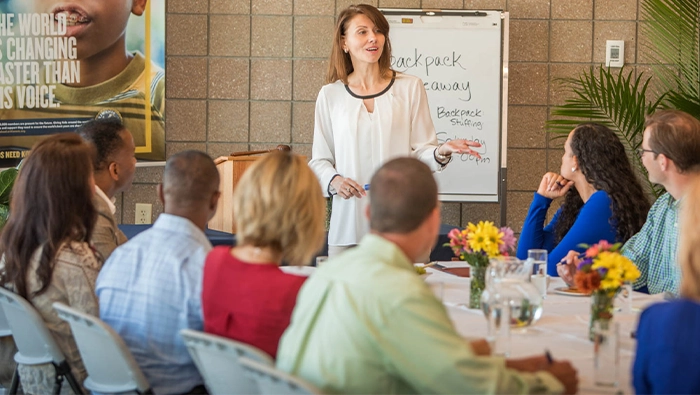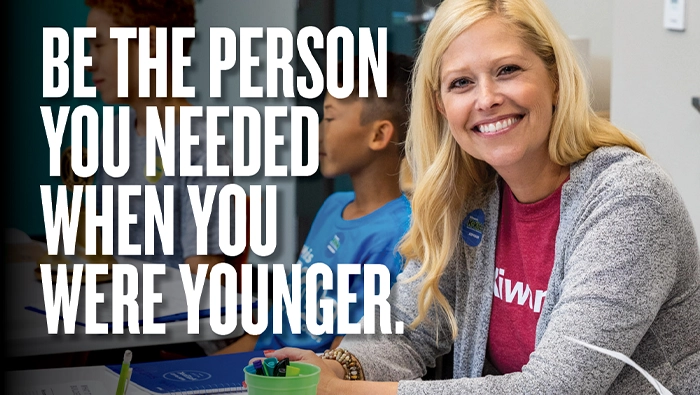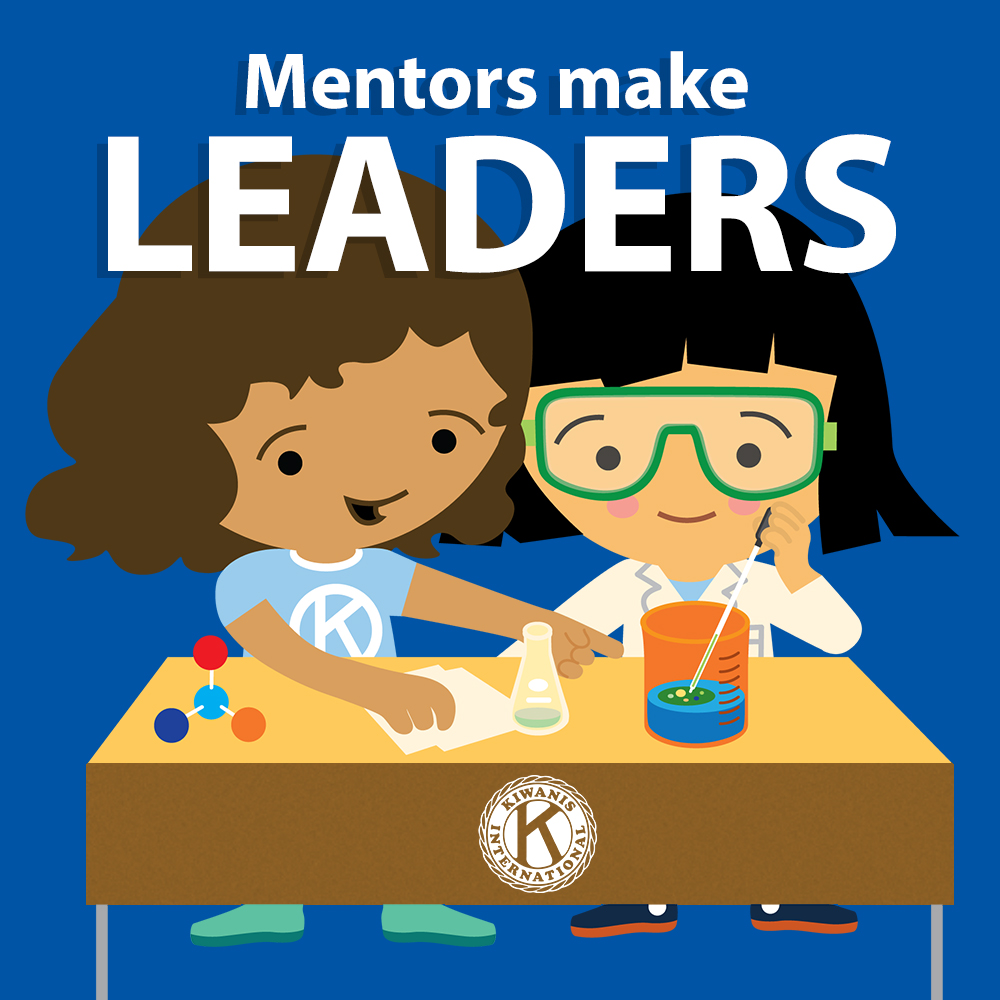
5 tips for regaining members
By reMembering, your club also can recruit people who have left or drifted away.
By Tony Knoderer
Clubs lose members. It’s a fact of life. But it’s usually life itself — including busy schedules, family circumstances and career changes — that causes people to leave.
The good news: Those are also reasons not to give up on them. With reMember recruitment, you can reconnect with former members or even with current members who have drifted away.
It all begins with five commonsense steps. While you’re on our reMember webpage, you’ll also find tips and ideas for getting started — and for keeping former members in mind on an ongoing basis.
Spread the word to your fellow members and club leaders. After all, membership growth should be a club-wide effort — whether you’re recruiting new members or reconnecting with former and “missing” members. And don’t forget to visit our club toolbox, which offers many other resources for retaining members by keeping them engaged in the club experience.



